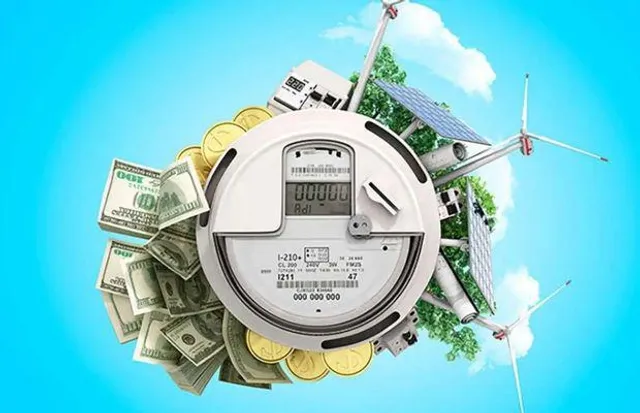As solar energy becomes more popular across homes and businesses, many people are discovering a powerful way to save money on electricity bills: net metering. But what exactly is net metering, and how does it work? Let’s break it down in simple terms.
As solar energy becomes more popular across homes and businesses, many people are discovering a powerful way to save money on electricity bills: net metering. But what exactly is net metering, and how does it work? Let’s break it down in simple terms.

Net metering is a billing system that allows you to sell extra electricity generated by your solar panels back to the grid.
Here’s how it works:
At night or on cloudy days, when your solar panels aren’t producing enough, you use those credits to pull power from the grid—at no extra cost!

Let’s say your solar panels generate 500 kWh in a month, but you only use 400 kWh. The extra 100 kWh goes to the grid, and your provider gives you a credit. Next month, if you use 450 kWh, you’ll only pay for 350 kWh (after subtracting your 100 kWh credit). That’s real savings!

Besides saving money, net metering encourages clean energy use, reduces dependence on fossil fuels, and supports a more stable, sustainable power grid.
Net metering policies vary by country, state, or electricity provider. In many parts of India, net metering is actively promoted by state governments. Always check with your local utility provider or solar installation company for details.
